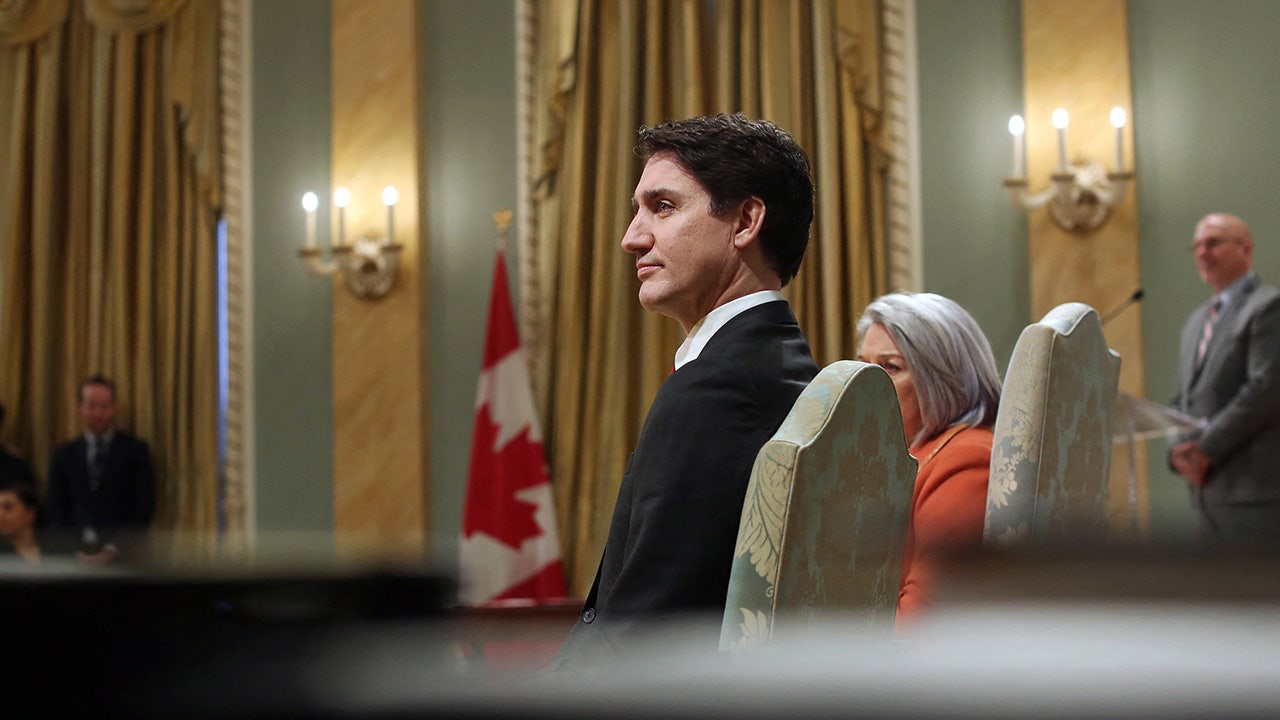Gold is set to rise slightly today by 0.3% and hold above $2,610 per ounce in spot trading as it attempts to halt a week-long losing streak.
Gold is trying to benefit from the extremely high level of geopolitical tension in the Middle East as more escalation looms. In contrast, pressure on gold to give up more of its gains may continue in light of the rising trend in Treasury yields.
Markets are anticipating Israel’s response to last week’s unprecedented Iranian attack, which could be more of an escalation of the regional war than ever before.
The Israeli defense minister — who is known for his public disagreement with the prime minister over escalating the war — said yesterday that the attack would be strong and surprising. Also, an Israeli official told CNN that the security cabinet is set to vote on the attack plan today. Therefore, the response could be imminent.
While US President Joe Biden spoke by phone with Israeli Prime Minister Benjamin Netanyahu yesterday to discuss the nature of the attack, the details of the call were not revealed, except for what the White House stated about Biden urging more diplomatic efforts to resolve the conflict on various regional fronts. While I no longer see the US administration’s public speech about seeking to push for a ceasefire as having any seriousness.
The United States has previously warned against targeting Iranian nuclear and oil facilities due to the potential escalatory repercussions that could harm the American interests. The Washington Post talked about the possibility of targeting oil facilities of US allies in the region in the event that Iranian oil facilities are attacked. While the Israeli side’s refusal, at least before yesterday’s phone call, to share details of the attack may reflect an intention to ignore US concerns.
On the economic side, the minutes of the Federal Open Market Committee meeting carried mixed signals for the markets. Despite the broad support for the Fed’s latest move to cut rates by half a percentage point, the minutes said policymakers did not want the move to be a trigger for further large cuts in the future.
The comments from Fed members reinforce Jerome Powell’s warning last week that the central bank remains cautious about additional rate cuts. This caution comes in the same week that saw a series of labor market reports exceeding expectations. The narrative has also fueled a rally in Treasury yields, with the 10-year yield hitting its highest level since late July today.
The fading of overly optimistic expectations for a rapid rate cut is providing further support to the US dollar, which is also being supported by its strengthening status as a safe haven currency amid escalating conflict in the Middle East.
The markets are also awaiting the September reading of the US Consumer Price Index. While inflation not slowing down as expected or even accelerating would reinforce the hypothesis of the slow pace interest rate cuts, which in turn could put pressure on gold to give up its gains.
As of now, markets do not expect a cut of more than half a percentage point by the end of this year, with the possibility of achieving two cuts of a quarter of a percentage point each in the upcoming November and December meetings, according to the CME FedWatch Tool.
That said, we must not overlook the renewed inflation risks, especially if energy prices surge due to a large-scale escalation of the regional conflict. This could lead central banks to slow down rate cuts to avoid the potential pitfall of reducing interest rates just as inflation starts climbing again Accordingly, future developments are likely to have opposite effects on gold, which may explain part of the mixed responses to the price of the yellow metal.













